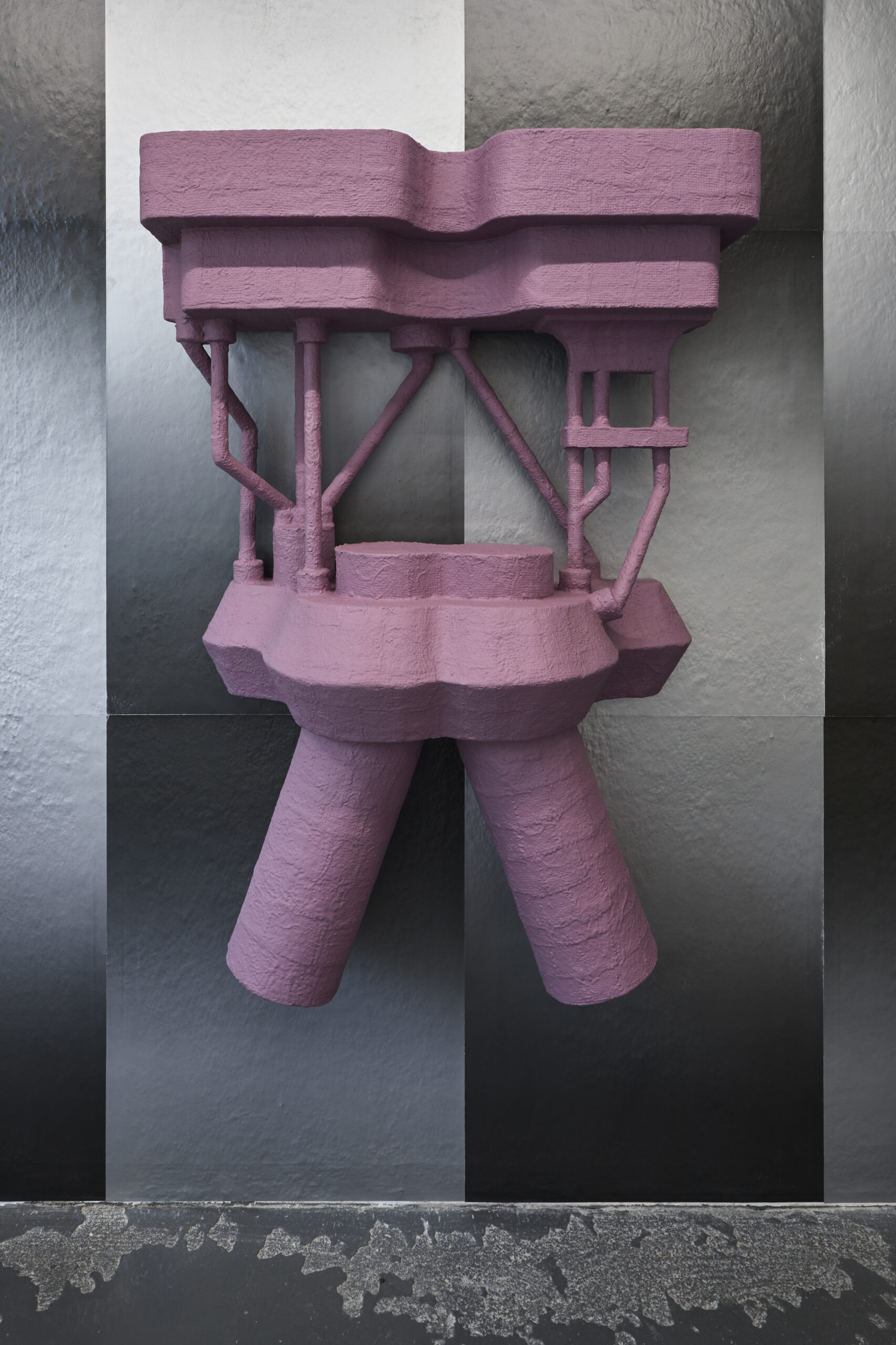
HUMAN EXPERIENCE: FOOD SYSTEMS – SAMIR MOUGAS
Ambient Intelligence
“They look like normal cheeses: same texture, same odour, same taste, and yet, not a single drop of milk goes into making them. Thanks to artificial intelligence, a US start-up has developed wholly vegan feta and Roquefort. […] An algorithm is used to come up with exactly the right recipe. […] Artificial intelligence has the potential to completely revolutionise the food we eat.”
On April 27 last, a short news segment broadcast on France 3’s national news programme announced a first-of-its-kind partnership between US biotech start-up Climax Foods Inc. and French food conglomerate Bel, “a healthy portioned food major,” best known for its flagship Babybel® and Apéricubes® products and their broad range of flavours (cured ham, grilled chicken, foie gras and fried scallops, and the “soirée de filles” and “éclats de graines” aperitif sets). The partnership “aims to use AI to create a new generation of plant-based alternatives to cheese in response to the main challenges of the food transition: combining pleasure, nutrition and carbon footprint curtailment” [1] It heralds a new alliance between the agri-food sector and AI with a two-fold environmental and social goal: to reduce the impact of human activity on the environment and feed the ten billion population the planet is expected to reach by 2050.
Right when Piletlenormand is reacting to this news on the France Info website ((“These ersatz cheeses will forever be the pinnacle of filth”) and when “Mêmepasvrai” is out looking for allies (“Do you feel like the world is going to the dogs too?”), Samir Mougas is sculpting food vending machines and letting their shapes comment on our present and our immediate future.
To create this series of sculptures entitled Future Machine For Human Food, Samir Mougas, who usually begins with a 2D representation in the form of an expertly executed drawing, opted this time for a prompt-based image generator. He needed to create using keywords an image bank of algorithmic food vending machines to feed his own imagination and ended up creating dozens of images of vending machines. Early on in the file these bear a resemblance to Smeg®-type vintage style fridges and then later disappear under heaving mountains of food, Big Macs® everywhere, plastic wrapped snacks pouring out all over the place: the full gamut from aseptic to projectile vomiting.
The sculptures, which I first saw at his workshop in the summer of 2023, two months before the start of the artist’s solo exhibition Intelligences ambiantes [2] at the Center d’Art Contemporain in Nîmes, were perfect. One was painted green “with a velvety texture”, and the others were white and creamy looking as they awaited the application of colour. Today they are blue, orange, pink, glistening, monochrome still but now sporting industrial colours, the same colours as you see on agricultural machinery that makes and processes poultry and pig feed, even the colour of pork.
Samir Mougas’s sculptures are not functional and do not claim to be. They are above all an arrangement of shapes and materials linked by fibre resin and paint; a support for the imagination. In that sense, and similarly to Large Language Models, ChatGPT in particular, they could be machines that predict a possible, for like LLMs they too accumulate the world’s data and join it up by referring to it without ever becoming a reference point [3]. Side by side therefore, unceremoniously jumbled together, we find the containers, funnels, conduits and tubular structures of kitchen food processors and machinery from industry (machine industry, agriculture and food, petroleum, etc.), the digestive machine of Wim Delvoye, and the sculptures of the Brothers Stenberg and Katarzyna Kobro. It is interesting see these predictive sculptures juxtaposed with constructivism, whose aim was to bring art closer to mass-produced objects. The Future Machines for Human Food, contrary to what their name indicates, have something to do with the assembly lines of our modern times [4] – – to which their arrangement in segmented space attests. In this sense, they correspond to the denomination “disaffected objects” that Samir Mougas gives to his sculptural productions. They already carry the seed of the idea of ruin, they belong to the past and appear abandoned even before having been used. “Even if,” explains the artist, “they are not as disaffected as others.” And in this “even if” uttered by the artist, I hear, perhaps wrongly, that these objects find affect and, through that, a certain power, of a critical kind.
While Samir Mougas’ interest in technology, particularly machines (mechanical, electronic and computer machines), their forms, and the way in which they affect history, may be obvious to anyone familiar with his work, his interest in food is more recent and less systematic. Nonetheless, his interest in food was clearly manifest in the Hard Edge Soft Core (2019), series of enamelled ceramic mouldings of car hubcaps, some of which held one or more sausages, also in ceramic. Hanging on the wall and maybe thus recalling Spoerri’s trap paintings, the sausage associated with the tuned car parts offered a caricature of the masculine and sexist dimension that lies at the heart of the technical-military-industrial universe of science fiction, heroic fantasy and the ambient capitalism the artist draws on. What if tackling food production, as it relates to productive, even reproductive tasks, was a way out? Would the plant-based version of Babybel® be to Knack, what Ursula K. Le Guin is to science fiction? Do you still want to believe it?
Of all the sculptures in the Future Machine For Human Food, series, the shiny one that’s silver in color consists of a sausage representing a smile and a visor. To the ambient intelligence of the world as it is, Samir Mougas responds with a blind look and a smirk!
Claire Kueny
[1] From the website of Groupe Bel.
[2] This is also the name of a black and white wallpaper created by the artist for the exhibition and featured on the walls as a backdrop to the sculptures
[3] Philippe Huneman, La société du profilage. Évaluer, optimiser, prédire, Paris, Payot, 2023. Also on AOC Media: https://aoc.media/analyse/2023/06/26/le-monde-selon-gpt-2-2-mais-de-quoi-donc-parle-t-il/
[4] I’m thinking of the 1936 film of the same name, in particular the scene in which a faulty feeding machine feeds Charlie Chaplin, who has become a guinea pig for industrialists, too fast, too little and too badly.
Exhibition realized with the kind support of the Fondation des Artistes
MORE INFORMATIONS:
// Press release
// Samir Mougas
// Human Experience: Food Systems (23/03-11/05/2024 | Paris)
Category:
Exhibitions
Samir Mougas, exhibition view “Human Experience Food Systems, Galerie Eric Mouchet, Paris, 2024 © Marie Lukasiewicz
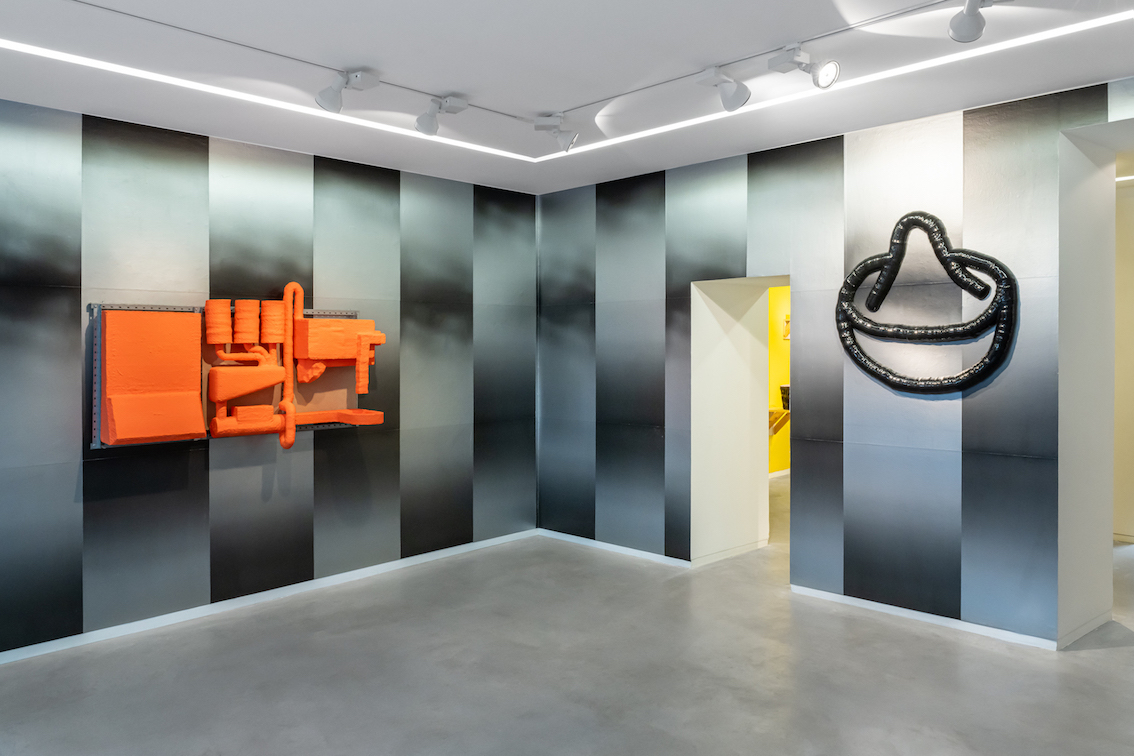
Samir Mougas, exhibition view “Human Experience Food Systems, Galerie Eric Mouchet, Paris, 2024 © Marie Lukasiewicz
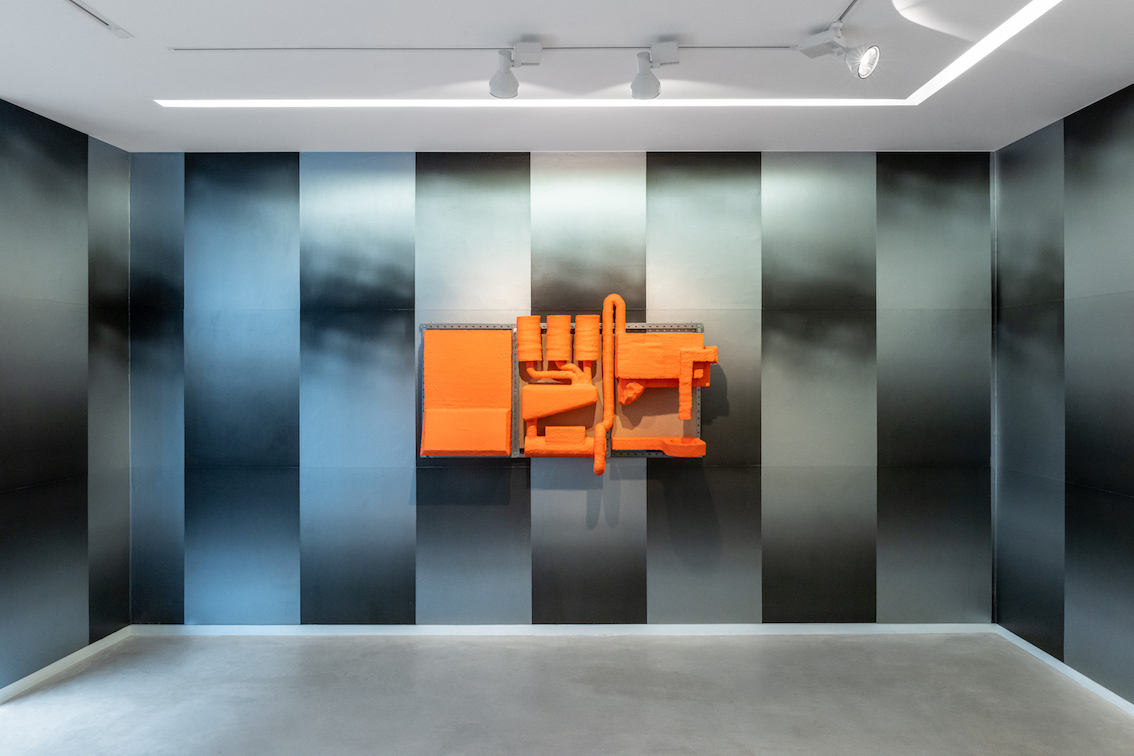
Samir Mougas, exhibition view “Human Experience Food Systems, Galerie Eric Mouchet, Paris, 2024 © Marie Lukasiewicz
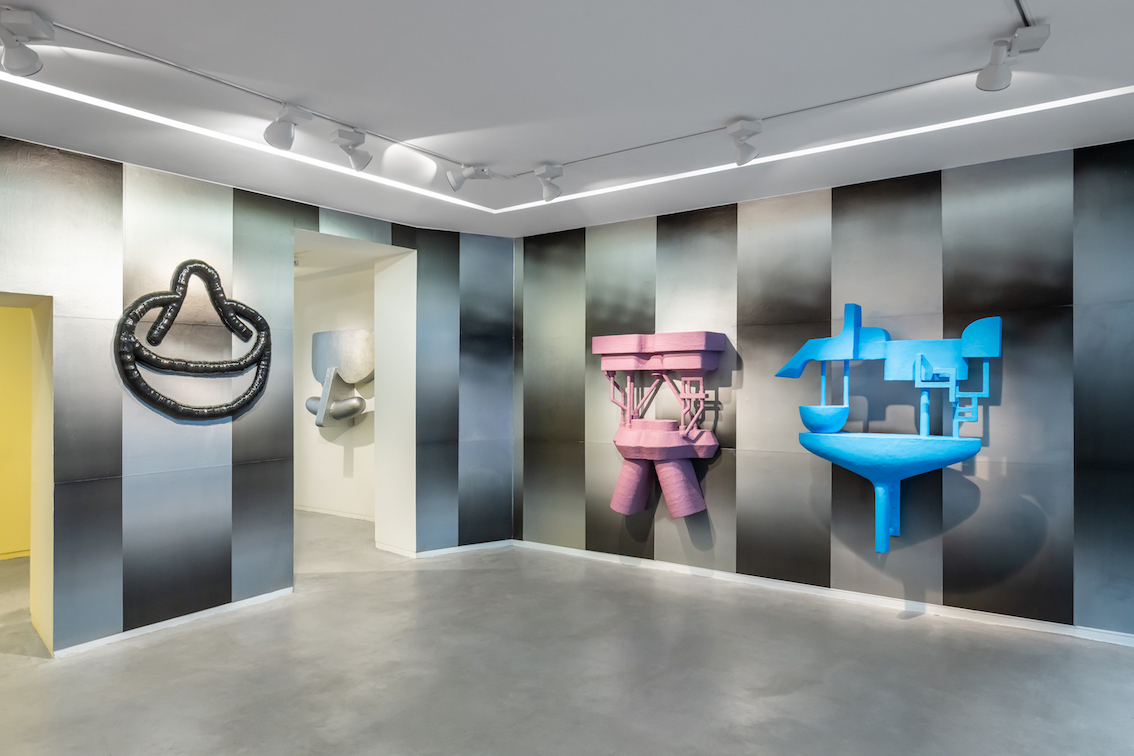
Samir Mougas, exhibition view “Human Experience Food Systems, Galerie Eric Mouchet, Paris, 2024 © Marie Lukasiewicz
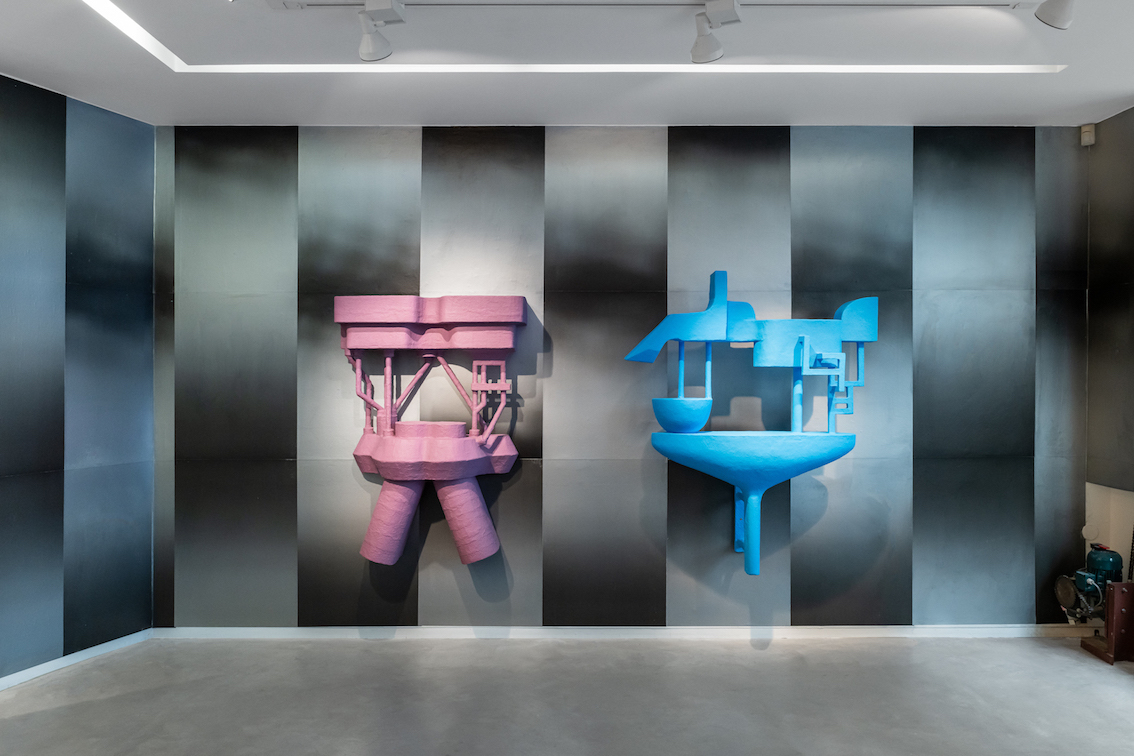
Samir Mougas, exhibition view “Human Experience Food Systems, Galerie Eric Mouchet, Paris, 2024 © Marie Lukasiewicz
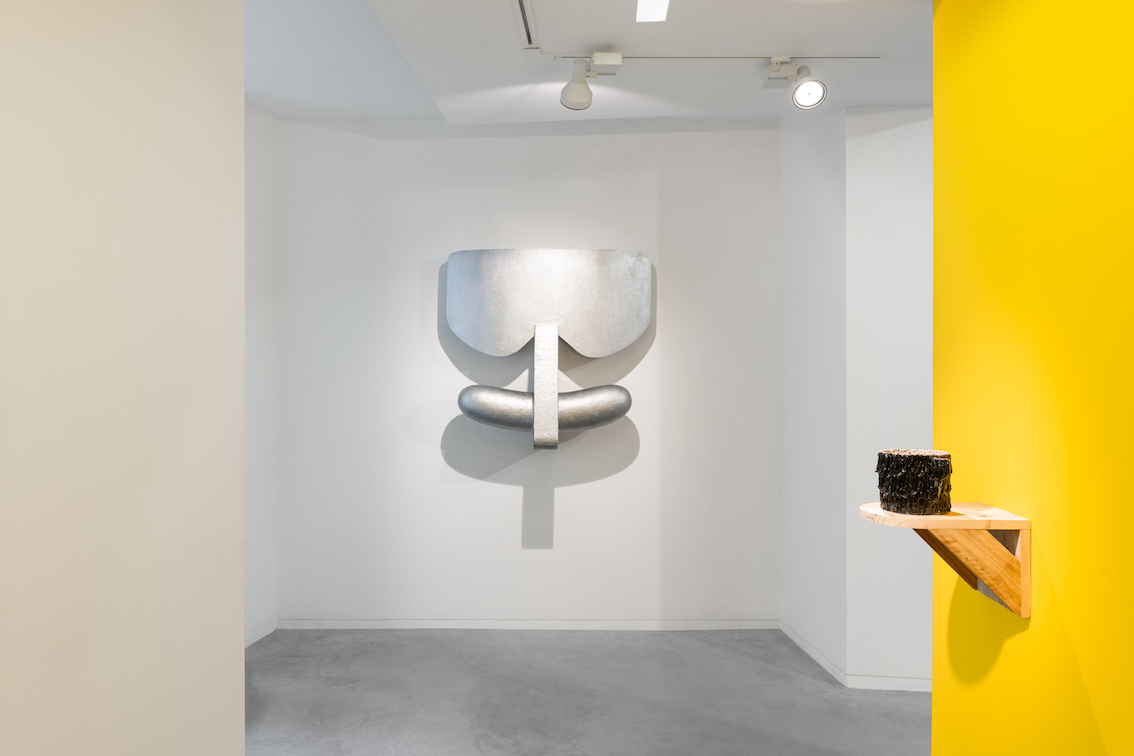
Samir Mougas, exhibition view “Human Experience Food Systems, Galerie Eric Mouchet, Paris, 2024 © Marie Lukasiewicz
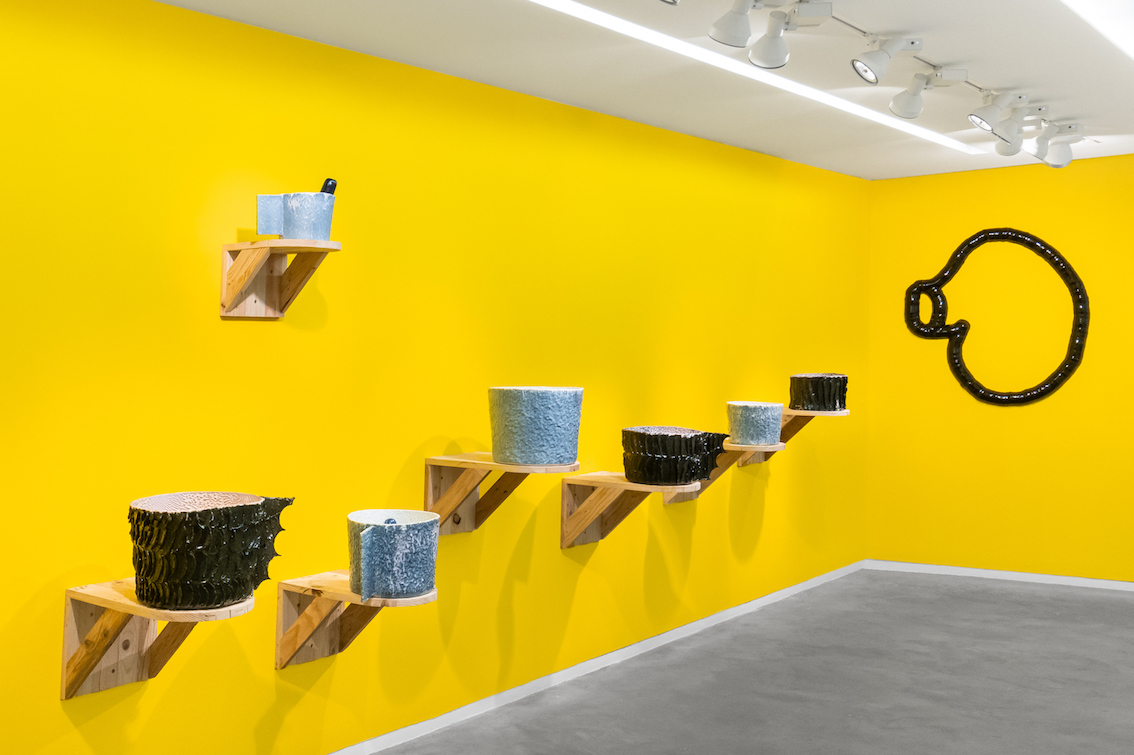
Samir Mougas, exhibition view “Human Experience Food Systems, Galerie Eric Mouchet, Paris, 2024 © Marie Lukasiewicz
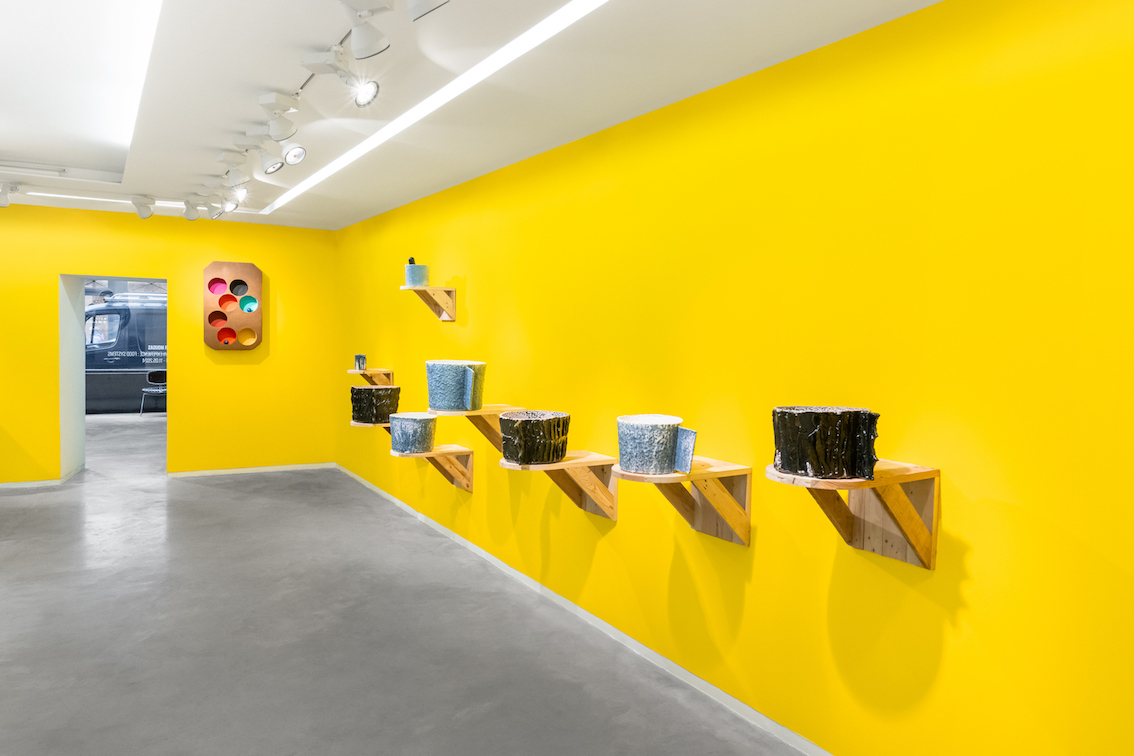
Samir Mougas, exhibition view “Human Experience Food Systems, Galerie Eric Mouchet, Paris, 2024 © Marie Lukasiewicz
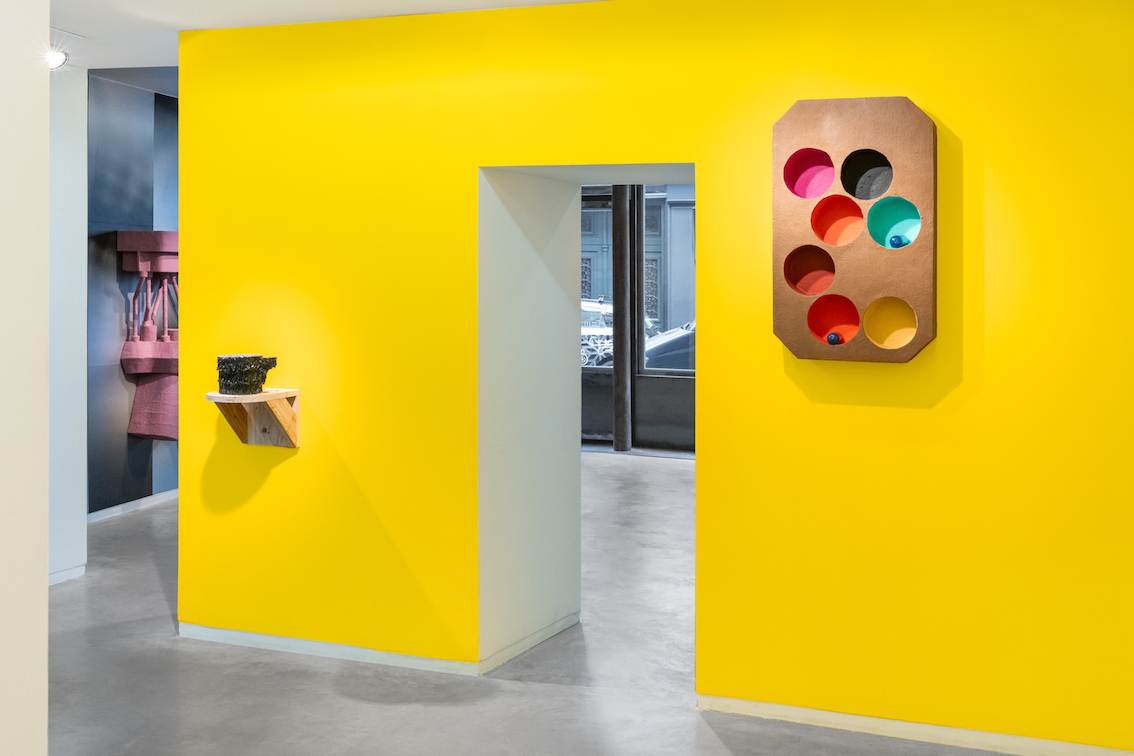
Samir Mougas, exhibition view “Human Experience Food Systems, Galerie Eric Mouchet, Paris, 2024 © Marie Lukasiewicz
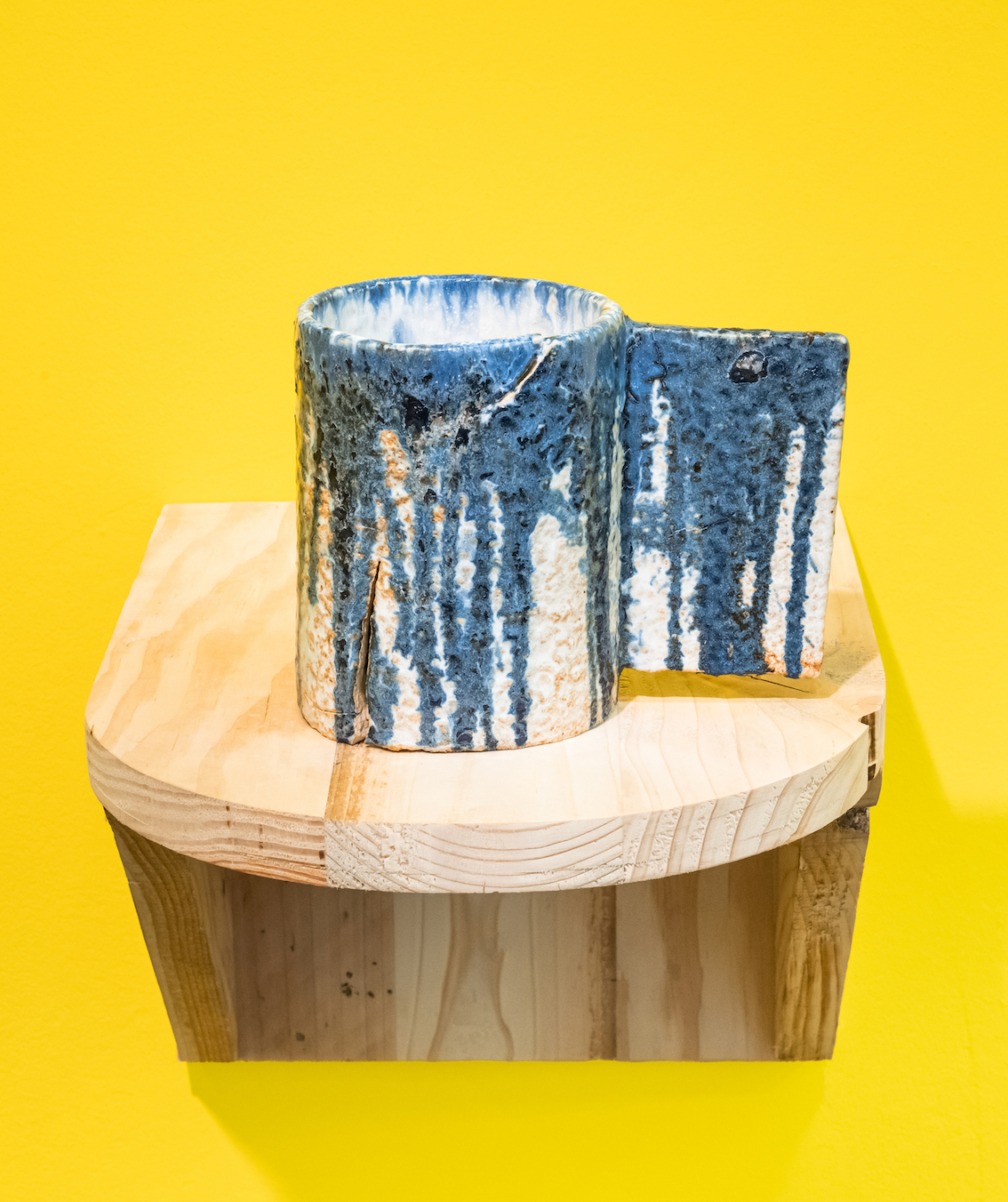
Samir Mougas, exhibition view “Human Experience Food Systems, Galerie Eric Mouchet, Paris, 2024 © Marie Lukasiewicz
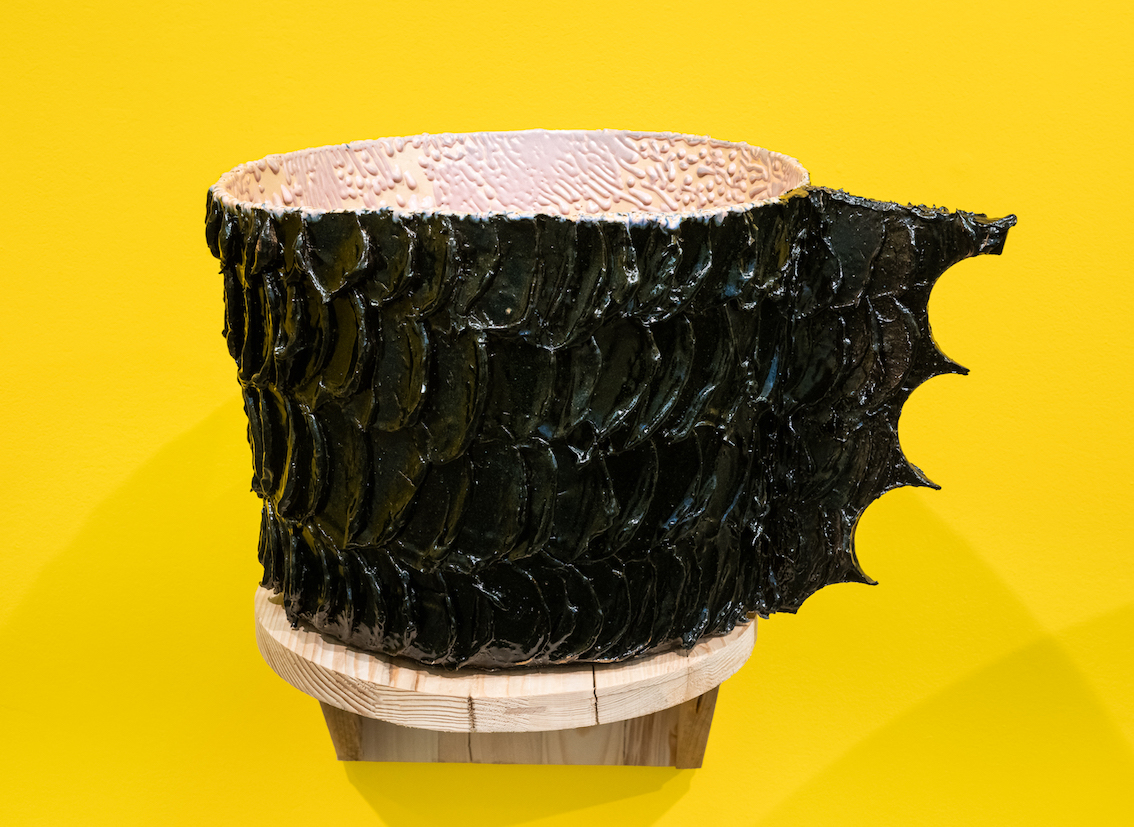
Samir Mougas, exhibition view “Human Experience Food Systems, Galerie Eric Mouchet, Paris, 2024 © Marie Lukasiewicz
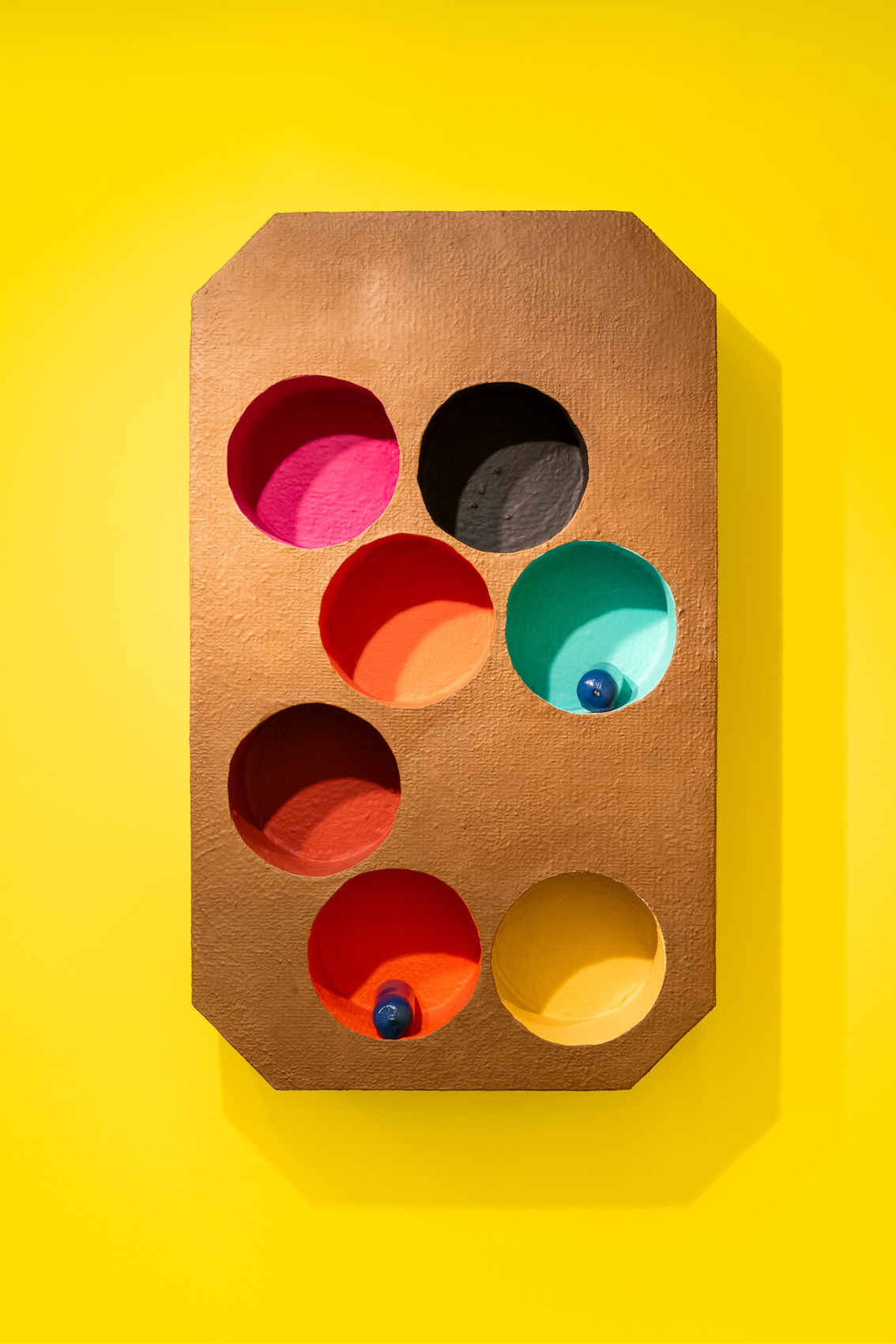
Samir Mougas, exhibition view INTELLIGENCES AMBIANTES, CACN, Nîmes, 2024. Photo Jean-Christophe Lett_28
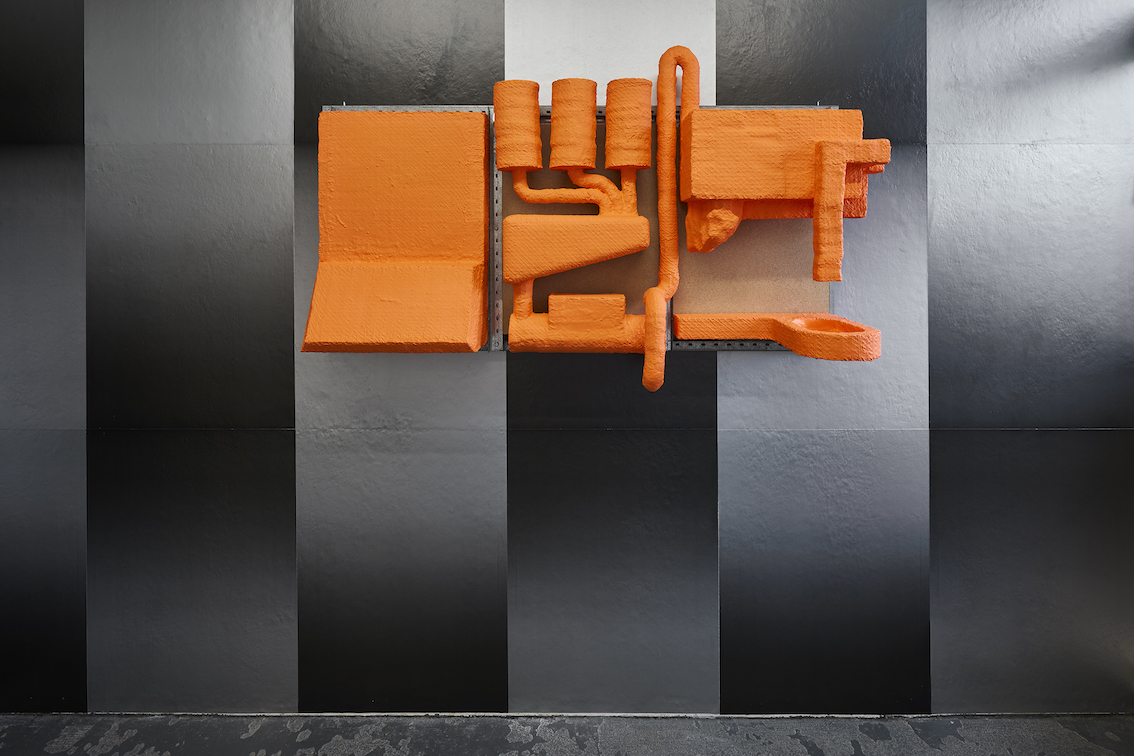
Samir Mougas, exhibition view INTELLIGENCES AMBIANTES, CACN, Nîmes, 2024. Photo Jean-Christophe Lett_22_
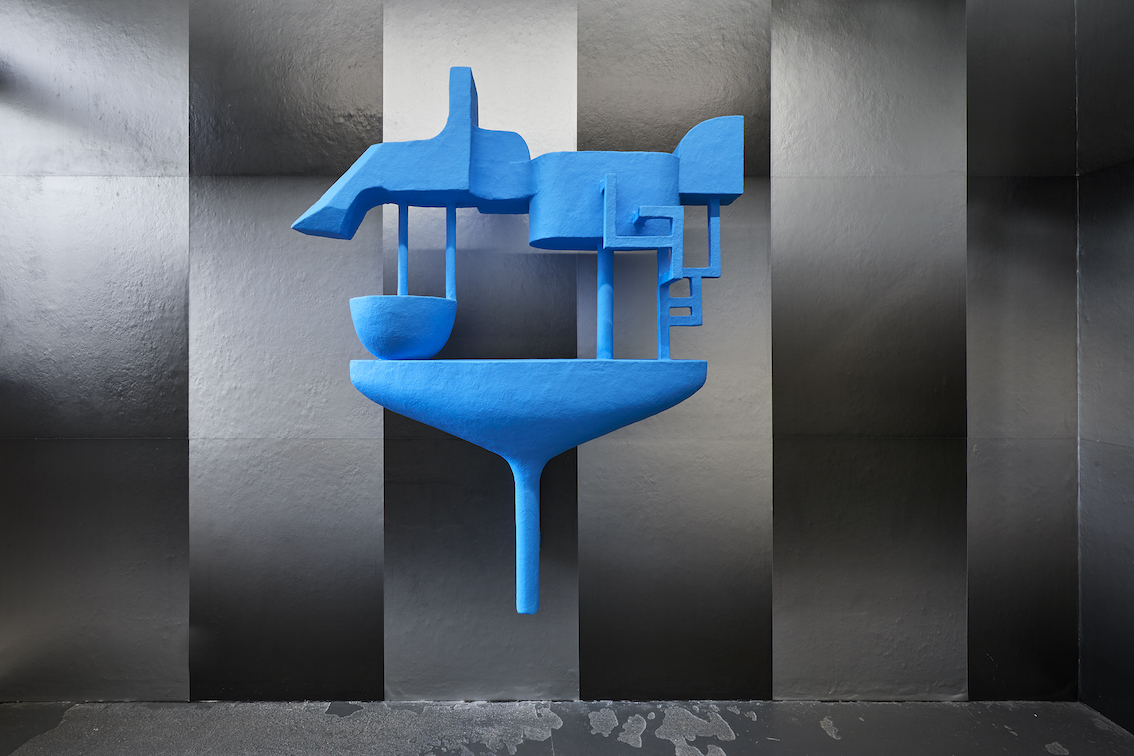
Samir Mougas, A technologic food distribution machine with an articulated arm distributing blue sauce, 2023. Exhibition view INTELLIGENCES AMBIANTES, CACN, Nîmes, 2024. Photo Jean-Christophe Lett
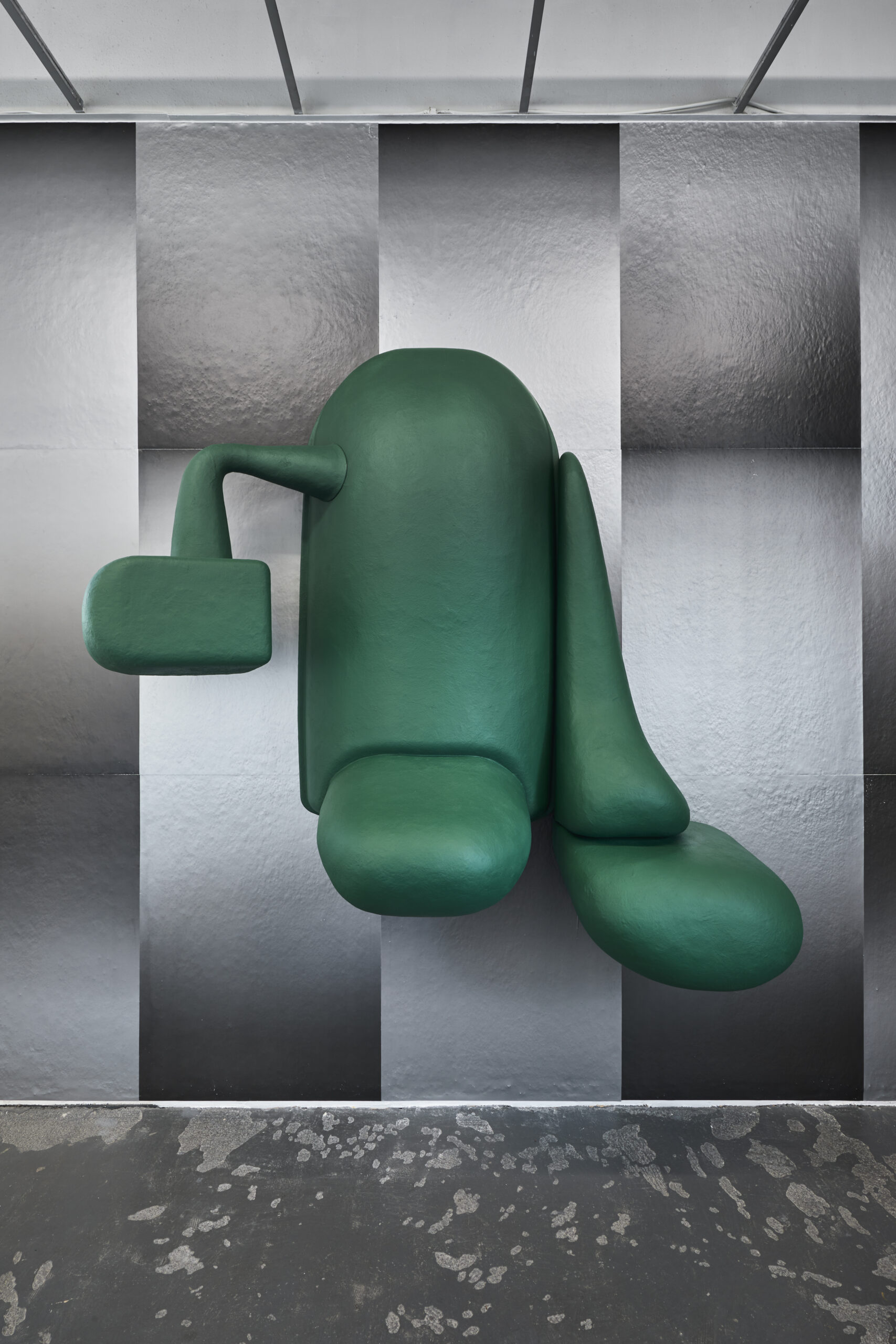
Samir Mougas, A wall-mounted machine with a lot of components to distribute green and blue food and meals,2023. Exhibition view INTELLIGENCES AMBIANTES, CACN, Nîmes, 2024. Photo Jean-Christophe Lett
